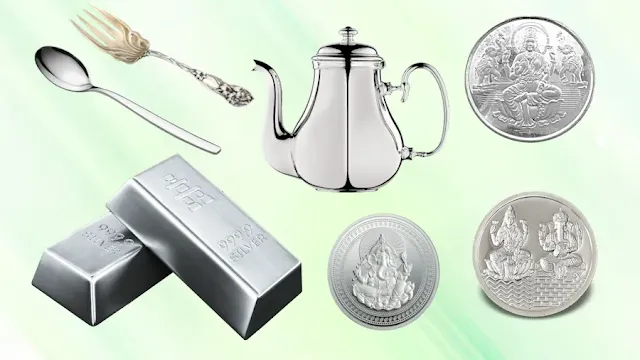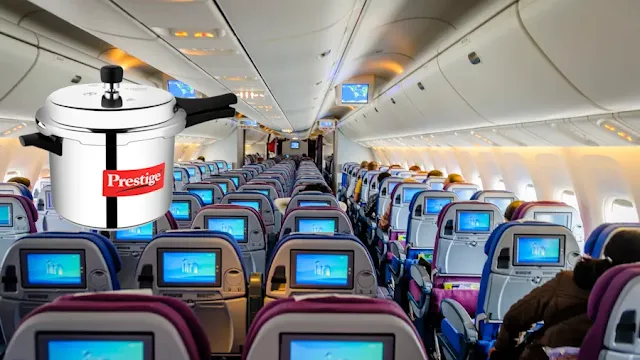Can You Travel with Sports Equipment?
Traveling with sports equipment in India is a common need for athletes, whether you're heading to a competition or just want to stay active on vacation. The good news is that most Indian airlines allow you to carry sports gear, but there are specific guidelines and fees to keep in mind. From helmets and protective gear like shoulder pads and facemasks to balls, nets, rackets, and more, understanding the rules about oversized or overweight baggage can save you from unexpected hassles. Whether you're planning to carry a bicycle, tennis racket, or even exercise equipment, knowing the policies of airlines like Air India, IndiGo, Vistara, and SpiceJet will help ensure a smooth journey with your valuable gear.
Gear and Accessories: What You Can Bring
Athletes often need to travel with various gear, including helmets, shoulder pads, facemasks, mouthguards, balls, nets, and rackets. Protective gear like helmets and goggles are usually allowed, but each airline has specific rules about how these items should be packed.
Oversize or Overweight Baggage Fees
Sports equipment can be bulky, which might lead to oversize or overweight baggage fees. It's important to check with your airline beforehand to understand their fee structure and avoid surprises at the airport.
Can We Carry a Bicycle on a Flight in India?
Yes, bicycles can be transported on flights in India, but they must be properly packed, usually in a hard case or box, and may incur additional charges due to their size and weight.
Is a Tennis Racket Allowed in Hand Luggage in India?
While some sports gear can be carried in hand luggage, tennis rackets, along with similar items like badminton and squash racquets, are typically not allowed onboard and must be checked in.
Can I Bring Exercise Equipment on a Plane?
Exercise equipment, depending on its size and weight, can often be transported as checked baggage. It's advisable to consult with the airline to determine if your specific equipment meets their requirements.
How Do You Transport Sports Equipment?
Sports equipment can be transported through various methods, including ground freight, sea freight, and air freight. Choosing the right method depends on the size, value, and urgency of your gear's transportation.
Airline-Specific Guidelines
- Air India: Allows a wide range of sports equipment but may charge oversize fees.
- IndiGo: Has clear policies on carrying sports gear, with specific packing instructions.
- Vistara: Offers detailed guidelines and might allow certain items as free baggage depending on your fare class.
- SpiceJet: Permits sports equipment with potential additional fees, especially for oversized items.
Planning to Fly with sports equipment in India? Get the latest on airline rules for hassle-free transit of your gear, including soccer, cricket, tennis, table tennis, baseball, golf, and badminton essentials.
Understanding these guidelines will ensure you can travel smoothly with your sports gear, keeping your focus on the game rather than the logistics.


















